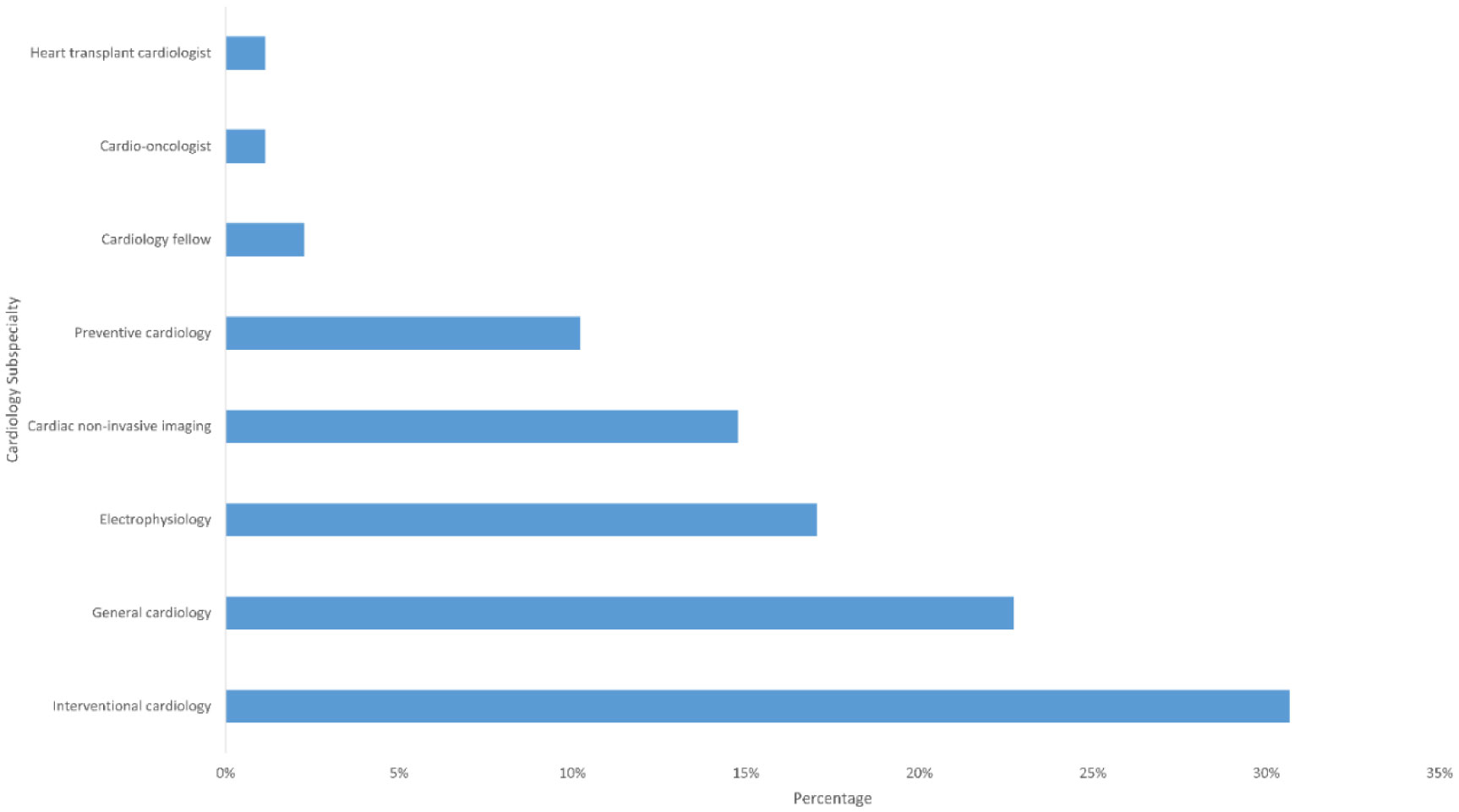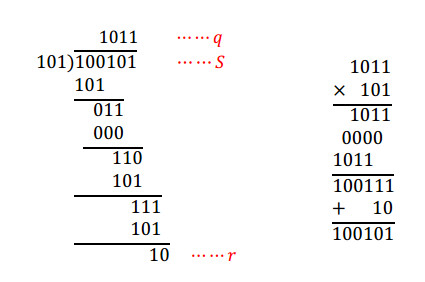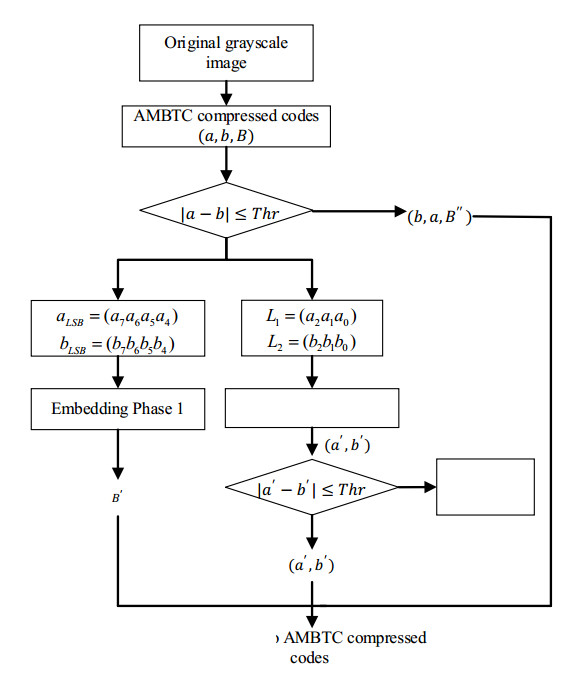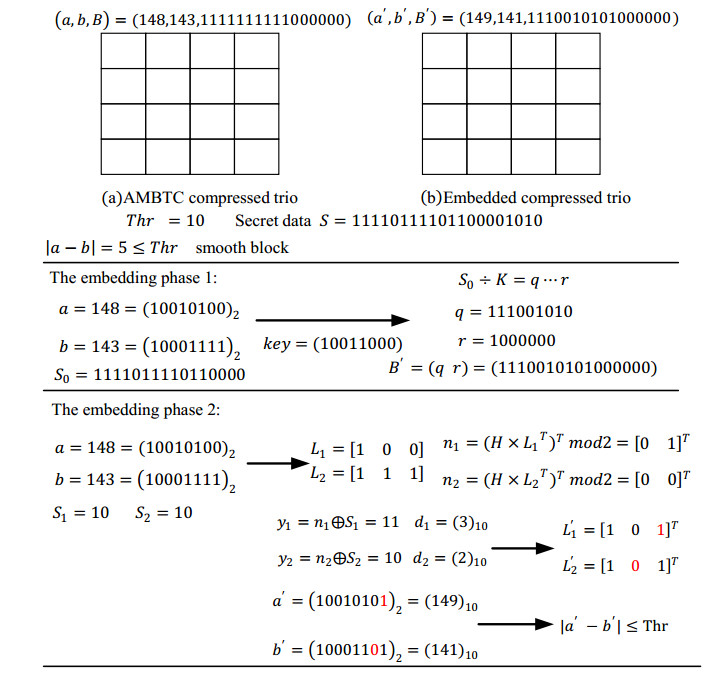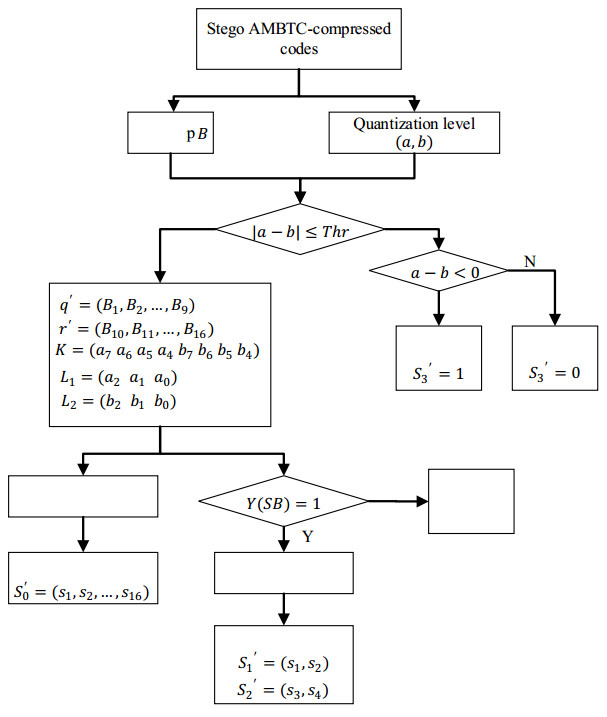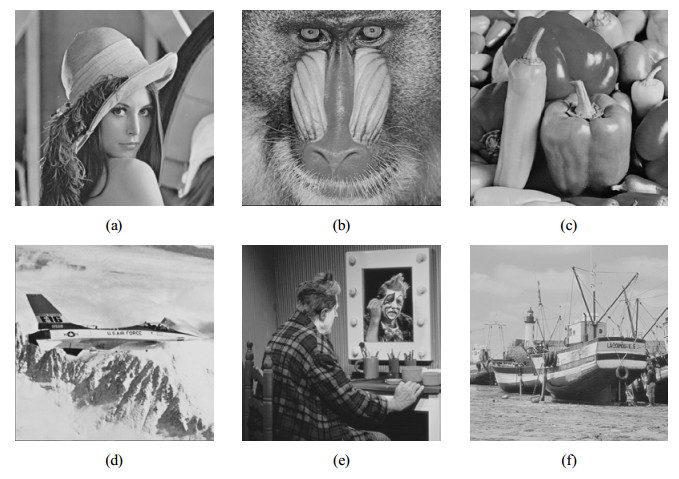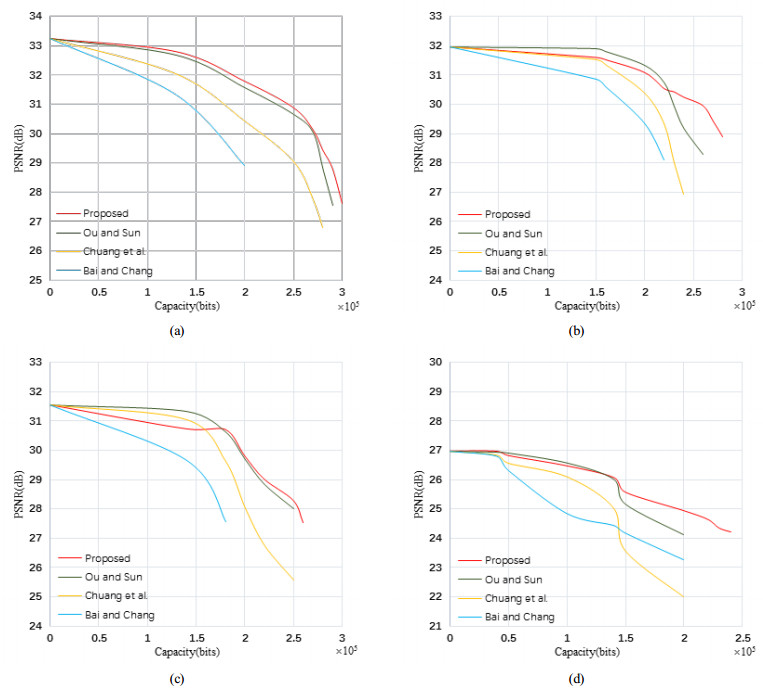| Rank | Twitter handle | Twitter name | Post-fellowship duration (years) | Occupation |
| 1. | cmichaelgibson | Michael C. Gibson | 27 | Interventional cardiologist |
| 2. | erictopol | Eric Topol | 35 | Cardiologist-scientist |
| 3. | drpascalmeier | Pascal Meier | 20 | General cardiologist |
| 4. | drmarthagulati | Martha Gulati | 19 | Preventive cardiologist |
| 5. | drjohnm | John Mandrola | 25 | General cardiologist |
| 6. | heartotxheartmd | John P Erwin III | 22 | General cardiologist |
| 7. | heartbobh | Robert Harrington | 27 | Interventional cardiologist |
| 8. | drsethdb | Seth Bilazarian | 27 | Interventional cardiologist |
| 9. | hmkyale | Harlan Krumholz | 28 | General cardiologist |
| 10. | drsheilasahni | Sheila Sahni | 3 | Interventional cardiologist |
| 11. | cardiobrief | Larry Husten | N/A | Medical journalist |
| 12. | dlbhattmd | Deepak L. Bhatt | 20 | Interventional cardiologist |
| 13. | gina_lundberg | Gina Lundberg | 26 | Preventive cardiologist |
| 14. | mwaltonshirley | Melissa Walton-Shirley | 29 | General cardiologist |
| 15. | erinmichos | Erin D. Michos | 13 | Preventive cardiologist |
| 16. | ajaykirtane | Ajay Kirtane | 14 | Interventional cardiologist |
| 17. | shelleywood2 | Shelley Wood | N/A | Medical journalist |
| 18. | greggwstone | Gregg W. Stone | 31 | Interventional cardiologist |
| 19. | rwyeh | Robert W. Yeh | 10 | General cardiologist |
| 20. | svraomd | Sunil V. Rao | 16 | Interventional cardiologist |
| 21. | drtoniyasingh | Toniya Singh | 17 | General cardiologist |
| 22. | docsavagetju | Michael Savage | 35 | Interventional cardiologist |
| 23. | drlaxmimehta | Laxmi Mehta | 14 | Preventive cardiologist |
| 24. | keaglemd | Kim Eagle | 34 | General cardiologist |
| 25. | minnowwalsh | Minnow Walsh | 21 | Cardiologist non-invasive imaging |
| 26. | drkevincampbell | Kevin Campbell | 17 | Cardiologist-electrophysiology |
| 27. | heartdocsharon | Sharon Mulvagh | 31 | Cardiologist non-invasive imaging |
| 28. | drroxmehran | Roxana Mehran | 25 | Interventional cardiologist |
| 29. | nmhheartdoc | Clyde Yancy | 31 | General cardiologist |
| 30. | willsuh76 | William Suh | 10 | Interventional cardiologist |
| 31. | drjmieres | Jennifer Mieres | 28 | Cardiologist non-invasive imaging |
| 32. | chadialraies | Chadi Alraies | 4 | Interventional cardiologist |
| 33. | samrrazamd | Sam Raza | 2 | Cardiologist non-invasive imaging |
| 34. | venkmurthy | Venk Murthy | 8 | Cardiologist non-invasive imaging |
| 35. | arh_cardio | Andrew R. Houghton | 14 | Cardiologist non-invasive imaging |
| 36. | sharonnehayes | Sharonne Hayes | 30 | Preventive cardiologist |
| 37. | pamelasdouglas | Pamela S Douglas | 36 | Cardiologist non-invasive imaging |
| 38. | cpcannon | Christopher Cannon | 20 | General cardiologist |
| 39. | drlindamd | Linda Girgis | N/A | Family medicine physician |
| 40. | ejsmd | Edward J Schloss | 23 | Cardiologist-electrophysiology |
| 41. | fischman_david | David L. Fischman | 29 | Interventional cardiologist |
| 42. | ankurkalramd | Ankur Kalra | 3 | Interventional cardiologist |
| 43. | doctorwes | Westby Fisher | 22 | Cardiologist-electrophysiology |
| 44. | califf001 | Robert M Califf | 38 | General cardiologist |
| 45. | vietheartpa | Viet Le | 16 | Cardiology-physician assistant |
| 46. | tctmd_yael | Yael L. Maxwell | N/A | Medical journalist |
| 47. | drdave01 | David E. Albert | 39 | Cardiologist-entrepreneur |
| 48. | pooh_velagapudi | Poonam Velagapudi | 2 | Interventional cardiologist |
| 49. | anastasiasmihai | Anastasia S Mihailidou | N/A | Senior hospital scientist |
| 50. | cpgale3 | Chris P Gale | 6 | General cardiologist |
| 51. | majazayeri | Ali Jazayeri | 0 | Cardiology fellow |
| 52. | nihdirector | Francis S. Collins | 36 | General cardiologist-scientist |
| 53. | sethjbaummd | Seth J. Baum | 30 | Interventional cardiologist |
| 54. | drraviele | Raviele Antonio | 46 | Cardiologist-electrophysiology |
| 55. | leftbundle | Mintu Turakhia | 12 | Cardiologist-electrophysiology |
| 56. | lipiddoc | James Underberg | N/A | Lipidologist |
| 57. | richardbogle | Richard Bogle | 13 | Interventional cardiologist |
| 58. | michaeltctmd | Michael O'Riordan | N/A | Medical journalist |
| 59. | jgrapsa | Julia Grapsa | 7 | Cardiologist non-invasive imaging |
| 60. | ethanjweiss | Ethan Weiss | 17 | Preventive cardiologist |
| 61. | neilflochmd | Neil Floch | N/A | Bariatric surgery |
| 62. | davidmaymd | David May | 32 | Interventional cardiologist |
| 63. | herbaronowmd | Herb Aronow | 17 | Interventional cardiologist |
| 64. | drryanpdaly | Ryan P. Daly | 10 | Cardiologist non-invasive imaging |
| 65. | skathire | Sek Kathiresan | 12 | Preventive cardiologist/entrepreneur |
| 66. | cardiacconsult | Jordan Safirstein | 12 | Interventional cardiologist |
| 67. | pnatarajanmd | Pradeep Natarajan | 5 | Preventive cardiologist |
| 68. | debbemccall | Debbe McCall | N/A | Patient research/representative |
| 69. | davidlbrownmd | Clinically Conservative Cardiologist | 27 | Interventional cardiologist |
| 70. | jjheart_doc | James Januzzi | 20 | Cardiologist non-invasive imaging |
| 71. | onco_cardiology | Juan Lopez-Mattei | 7 | Cardio-oncologist |
| 72. | drjohndaymd | John Day | 20 | Cardiologist-electrophysiology |
| 73. | aalahmadmd | Amin Al-Ahmad | 17 | Cardiologist-electrophysiology |
| 74. | toddneale | Todd Neale | N/A | Medical journalist |
| 75. | josejgdnews | Jose Juan Gomez | 25 | Cardiologist non-invasive imaging |
| 76. | jonhsumd | Jonathan Hsu | 7 | Cardiologist-electrophysiology |
| 77. | mkittlesonmd | Michelle Kittleson | 15 | Heart transplant cardiologist |
| 78. | lisarosenbaum17 | Lisa Rosenbaum | 8 | Interventional cardiologist |
| 79. | toaster_pastry | Wayne Whitwam | 14 | Cardiologist-electrophysiology |
| 80. | avolgman | Annabelle Volgman | 30 | Cardiologist-electrophysiology |
| 81. | rblument1 | Roger Blumenthal | 28 | Preventive cardiologist |
| 82. | achoiheart | Andrew D. Choi | 10 | Cardiologist non-invasive imaging |
| 83. | mgkatz036 | Michael Katz | 5 | Cardiologist-electrophysiology |
| 84. | prashsanders | Prashanthan Sanders | 17 | Cardiologist-electrophysiology |
| 85. | bcostellomd | Briana Costello | 0 | Interventional cardiologist |
| 86. | popmajeffrey | Jeffrey Popma | 30 | Interventional cardiologist |
| 87. | adribaran | Adrian Baranchuk | 23 | Cardiologist-electrophysiology |
| 88. | sandylewis | Sandra Lewis | 37 | General cardiologist |
| 89. | yadersandoval | Yader Sandoval | 3 | Interventional cardiologist |
| 90. | drquinncapers4 | Quinn Capers | 21 | Interventional cardiologist |
| 91. | dramirkaki | Amir Kaki | 11 | Interventional cardiologist |
| 92. | jamesbeckerman | James Beckerman | 14 | Genera cardiologist |
| 93. | eirangorodeski | Eiran Gorodeski | 11 | General cardiologist |
| 94. | docstrom | Jordan Strom | 3 | Cardiologist non-invasive imaging |
| 95. | dbelardomd | Danielle Belardo | 0 | Cardiology Fellow |
| 96. | sergiopinski | Sergio Pinski | 27 | Cardiologist-electrophysiology |
| 97. | arieblitzmd | Arie Blitz | N/A | Cardiothoracic surgeon |
| 98. | ash71us | Ashish Aneja | 8 | General cardiologist |
| 99. | tjaredbunch | Thomas Jared Bunch | 12 | Cardiologist-electrophysiology |
| 100. | rfredberg | Rita Redberg | 32 | General cardiologist |

- Home
-
Journals
- Communications in Analysis and MechanicsAIMS MathematicsMathematics in EngineeringElectronic Research ArchiveNetworks and Heterogeneous MediaSTEM EducationAIMS Agriculture and FoodAIMS Allergy and ImmunologyAIMS BioengineeringAIMS BiophysicsAIMS Electronics and Electrical EngineeringAIMS EnergyAIMS Environmental ScienceAIMS GeosciencesAIMS Materials ScienceAIMS Medical ScienceAIMS MicrobiologyAIMS Molecular ScienceAIMS NeuroscienceAIMS Public HealthApplied Computing and IntelligenceBig Data and Information AnalyticsClean Technologies and RecyclingData Science in Finance and EconomicsGreen FinanceJournal of Dentistry and Multidisciplinary SciencesMathematical Biosciences and EngineeringMathematical Modelling and ControlMetascience in AerospaceNational Accounting ReviewQuantitative Finance and EconomicsUrban Resilience and SustainabilityAIMS Animal Science
- Home
- Journal Home
-
Journals
- Communications in Analysis and MechanicsAIMS MathematicsMathematics in EngineeringElectronic Research ArchiveNetworks and Heterogeneous MediaSTEM EducationAIMS Agriculture and FoodAIMS Allergy and ImmunologyAIMS BioengineeringAIMS BiophysicsAIMS Electronics and Electrical EngineeringAIMS EnergyAIMS Environmental ScienceAIMS GeosciencesAIMS Materials ScienceAIMS Medical ScienceAIMS MicrobiologyAIMS Molecular ScienceAIMS NeuroscienceAIMS Public HealthApplied Computing and IntelligenceBig Data and Information AnalyticsClean Technologies and RecyclingData Science in Finance and EconomicsGreen FinanceJournal of Dentistry and Multidisciplinary SciencesMathematical Biosciences and EngineeringMathematical Modelling and ControlMetascience in AerospaceNational Accounting ReviewQuantitative Finance and EconomicsUrban Resilience and SustainabilityAIMS Animal Science
-
About

-
Contribute

-
Articles

Copyright © AIMS Press





 DownLoad:
DownLoad:

